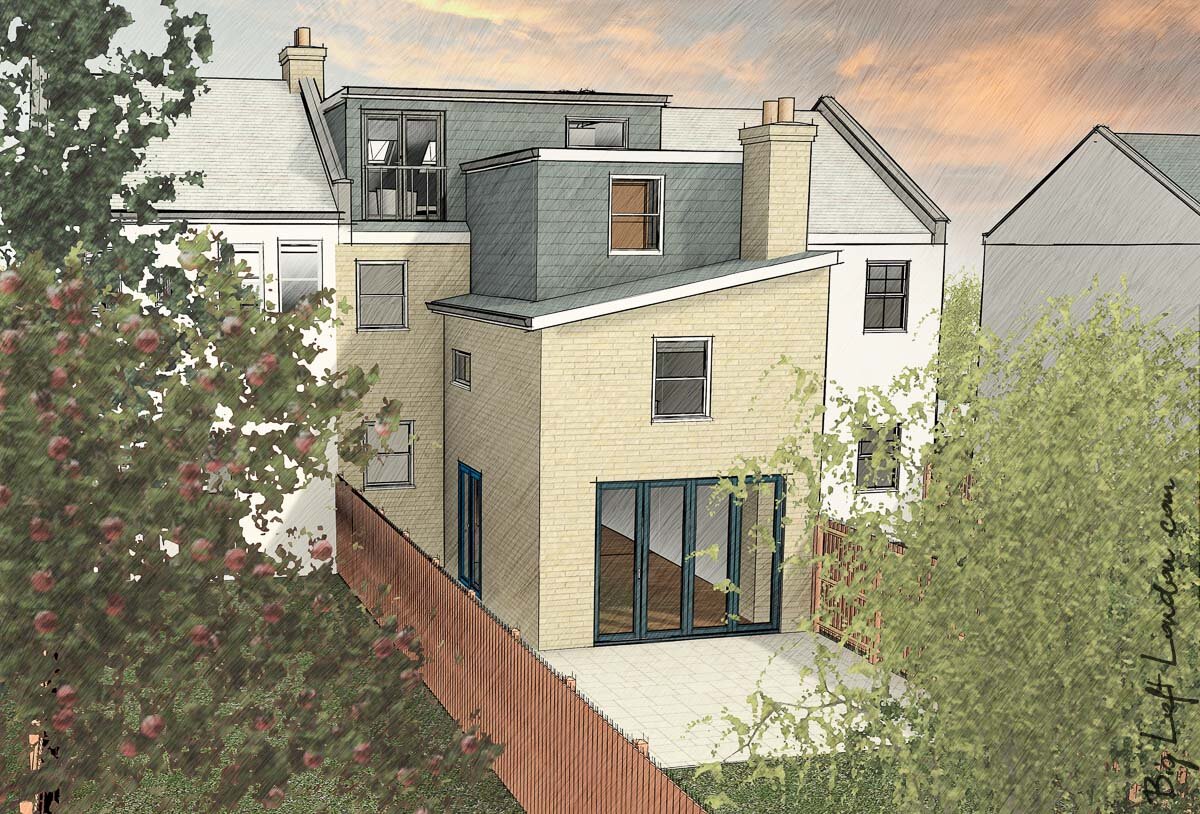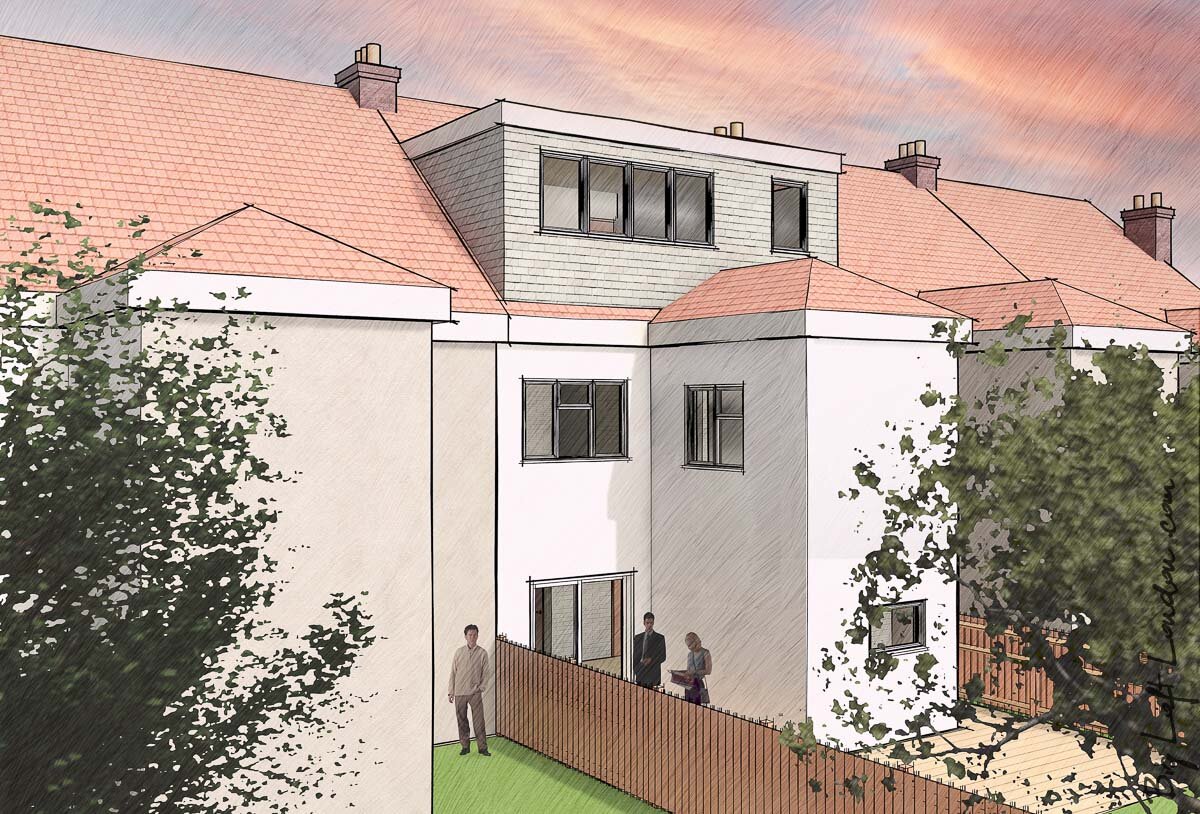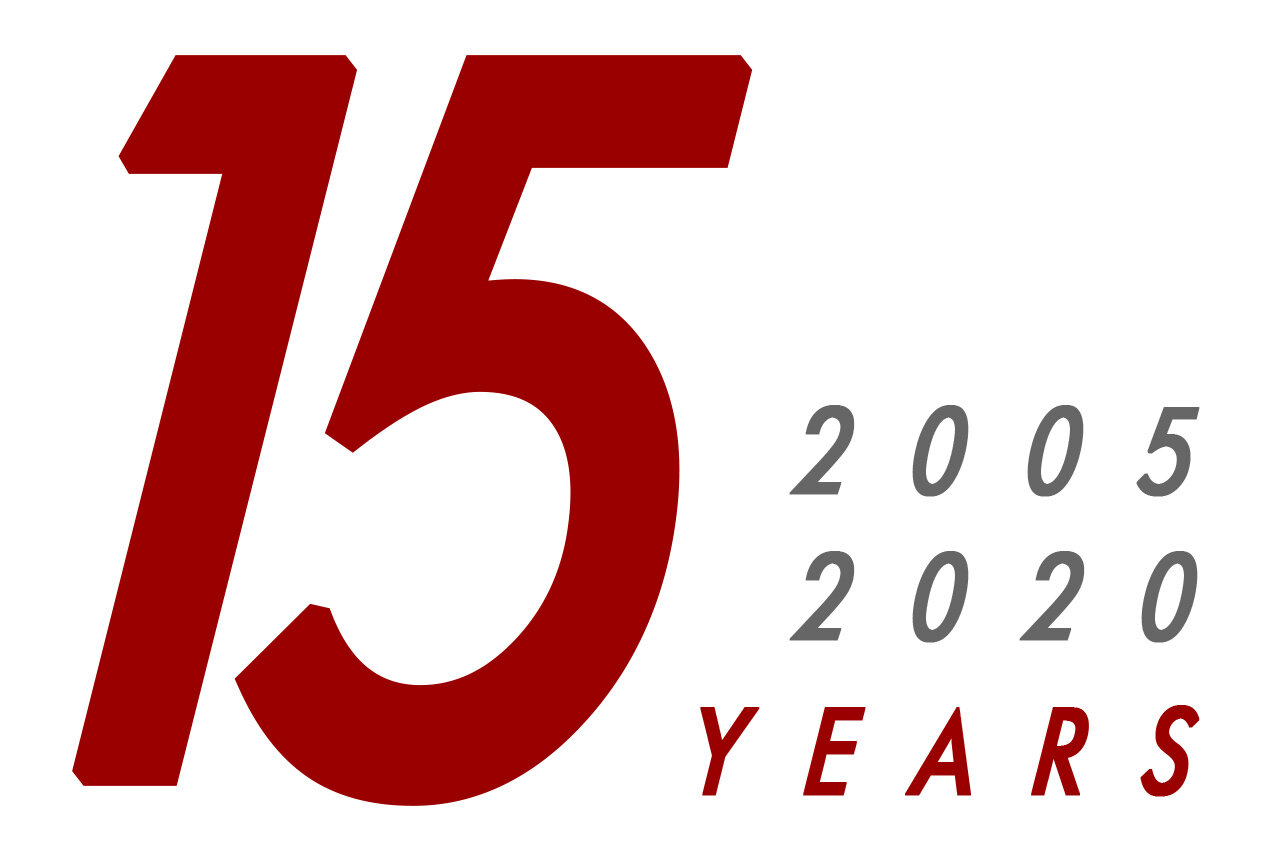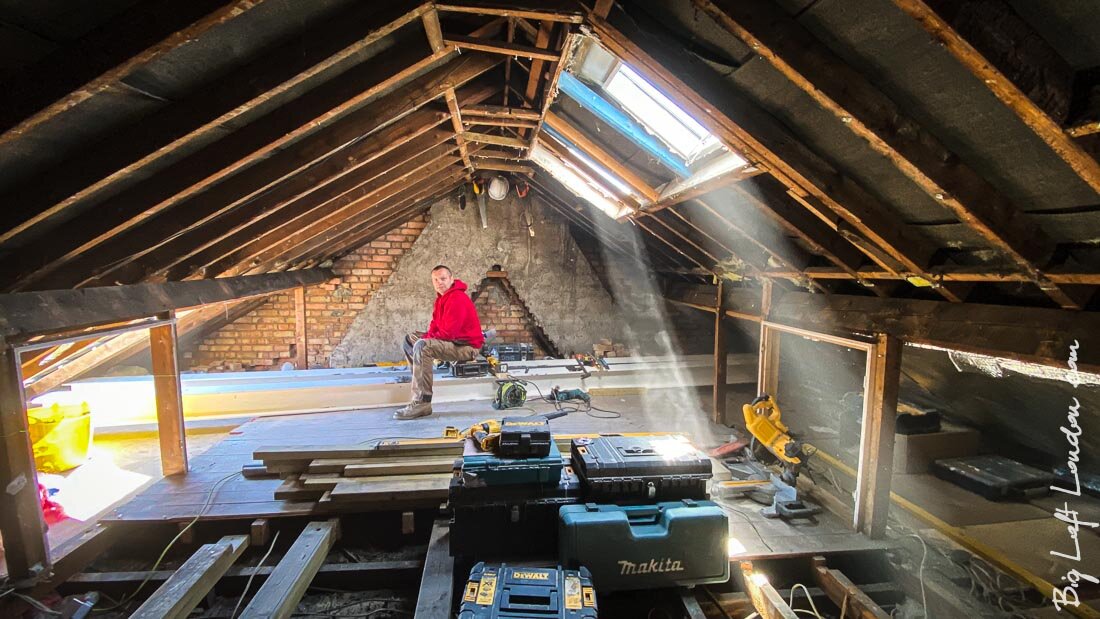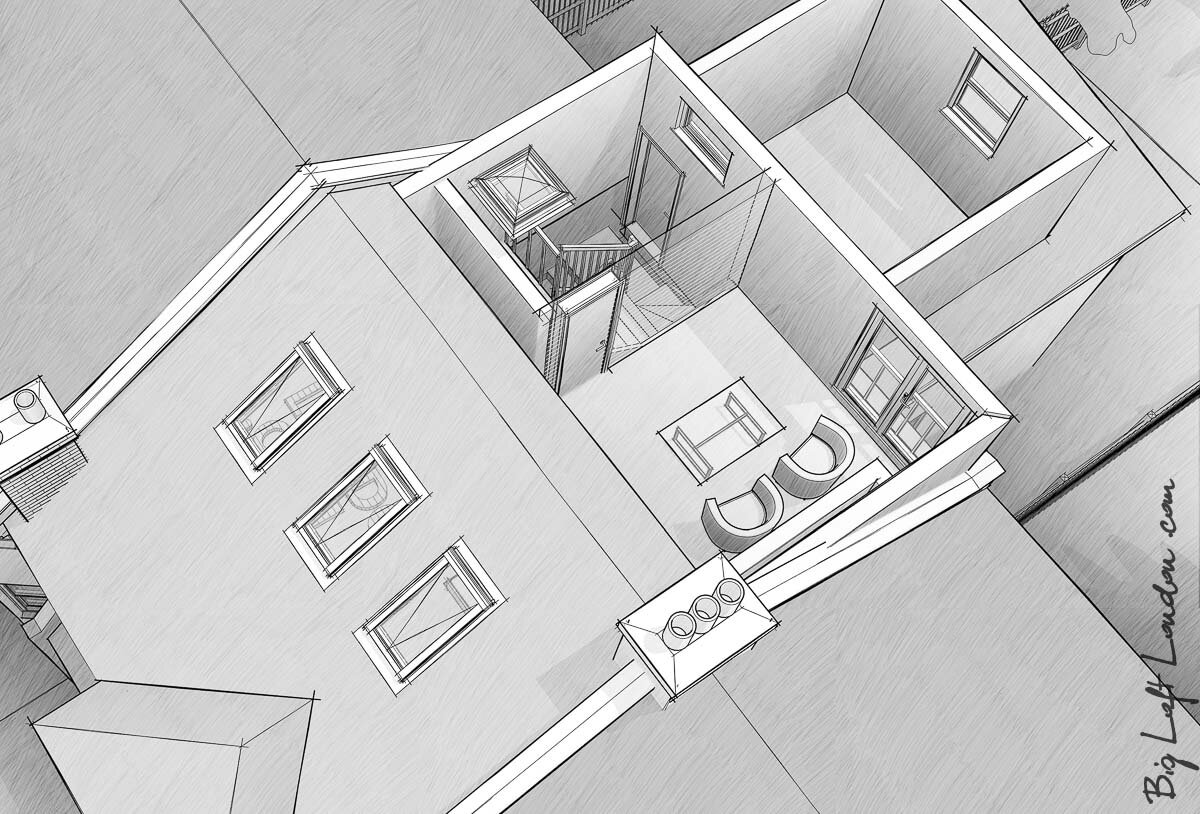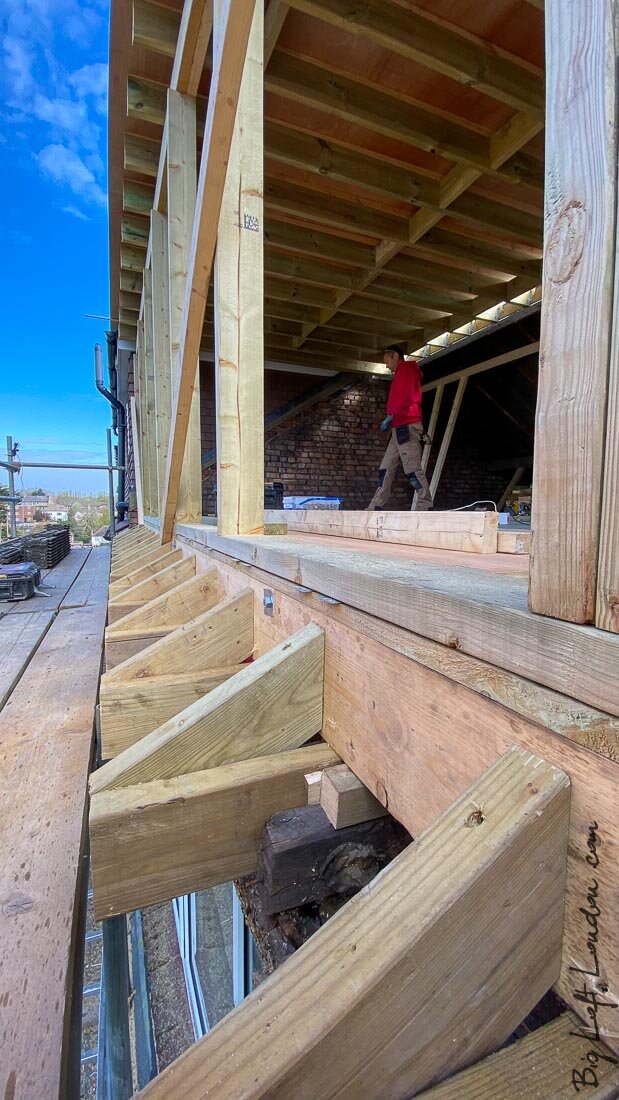
Loft Conversion Hampstead, North London N3
EXPLORE
Loft Conversion, Hampstead N3
Hampstead is an area in the London Borough of Barnet in England. A smaller suburban linear settlement, near a farm and public grazing area green of medieval origins, dates to the early 19th century. Its bulk forms a late 19th century and early 20th century suburb with a commercial crossroads. The rest is of later build. It is centred approximately 6 miles (9 km) north west of Charing Cross on the intersection of Golders Green Road and Finchley Road.
It was founded as a medieval hamlet in the large parish of Hendon, Middlesex. The parish was heavily superseded by Hendon Urban District in 1894 and by the Municipal Borough of Hendon in 1932, abolished in 1965. In the early 20th century it grew rapidly in response to the opening of a tube station of the London Underground, adjacent to the Golders Green Hippodrome which was home to the BBC Concert Orchestra for many years. The area has a wide variety of housing and a busy main shopping street, Golders Green Road.
It is known for its large Jewish population as well as for being home to the largest Jewish kosher hub (located west of Hoop Lane after the rail bridge) in the United Kingdom, which attracts many Jewish tourists.
Loft Conversion, cost in Hampstead
The name Golders comes from a family named Godyere who lived in the area, and Green alludes to the manorial common at a cross roads next to which the settlement was built.[2] Golders Green has been a place in the parish and manor of Hendon since around the 13th century. The earliest reference to the name of the adjacent district of "Temple Fortune" is on John Rocque's map of 1754, which also shows what is now Golders Green Road as Groles Green. However the name Temple Fortune reveals a much earlier history. It is likely that the name refers to the Knights of St John, who had land here (c. 1240). Fortune may be derived from a small settlement (tun) on the route from Hampstead to Hendon. Here a lane from Finchley, called Ducksetters Lane (c. 1475), intersected. It is likely that the settlement was originally the Bleccanham estate (c. 10th century). By the end of the 18th century Temple Fortune Farm was established on the northern side of Farm Close.
The building of Finchley Road (c. 1827) replaced Ducksetters Lane as a route to Finchley, and resulted in the development of a small hamlet. Hendon Park Row (c. 1860s) is of this period, and consisted of around thirty small dwellings built by a George Stevens, which were, with two exceptions, demolished around 1956. A small dame school and prayer house run by Anglican deaconesses existed in the 1890s and 1900s, and developed to become St. Barnabas (1915). Along Finchley Road were a number of villas (c. 1830s), joined by the Royal Oak public house (c. 1850s). By the end of the 19th century there were around 300 people living in the area, which included a laundry and a small hospital for children with skin diseases. The principal industry was brick making.
The most popular loft conversion in Hamstead
Dormer loft conversion with 2No aluminium windows and roof lights were added to this top floor master bedroom conversion to add more natural light and increase living space. A new staircase was created to maximise the available floor area…
Loft Conversion, Islington N5
New loft conversion dormer clad with slates, windows and 2No roof lights were added to this top floor master bedroom conversion to increase living space and add more natural light.
Kitchen Extension, Mill Hill NW7
The primary ambition was to connect the living spaces of the house to the garden. The owners wanted to open up the interior space, to create a bright, spacious, modern, family-orientated kitchen / dining / living space at garden level that could be both family-centric and suitable for entertaining, connecting the house to the garden.
2 Bedroom Loft Conversion, London NW11
The primary ambition was to connect the living spaces of the house to the garden. The owners wanted to open up the interior space, to create a bright, spacious, modern, family-orientated kitchen / dining / living space at garden level that could be both family-centric and suitable for entertaining, connecting the house to the garden.
Areas we cover
Loft Conversions North London, Loft Conversion Mill Hill NW7, Loft Conversion Hendon NW4, Loft Conversion Barnet EN5, Loft Conversion Golders Green NW11, Loft Conversion Camden NW3, Loft Conversion North Finchley N22, Loft Conversion Totteridge N20, Loft Conversion Highgate N6, Loft Conversion Edgware HA8, Loft Conversion Muswell Hill N10, Loft Conversion Southgate N14, Loft Conversion Central London, Loft Conversion Islington N10, Loft Conversion Hampstead N3, Loft Conversion Finchley Central N3, Loft Conversion Crouch End N8
Can I stay in house during loft conversion?
Can I continue to live in the property during the loft conversion? Yes. Our loft conversion team minimises noise, debris and disturbance as far as possible, enabling you to continue living in the house.
How long does a loft conversion take?
On average, loft conversions can be done in as little as 4 weeks or may take up to 8 weeks, with certain styles less complex than others. Here are the different loft conversion types, broken down by a rough time estimation: Roof light conversions – 4 weeks on average. Dormer conversions – 5 weeks on average. Hip to gable loft conversion - 8 weeks on average.




